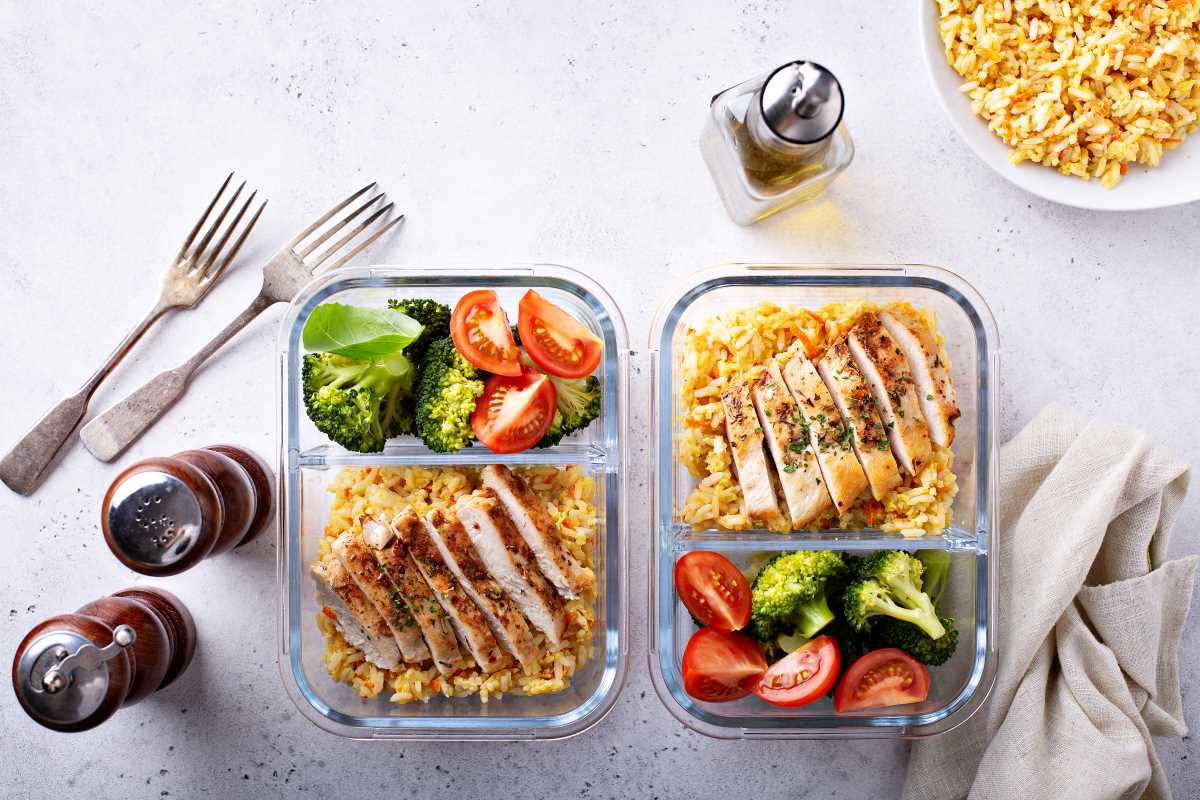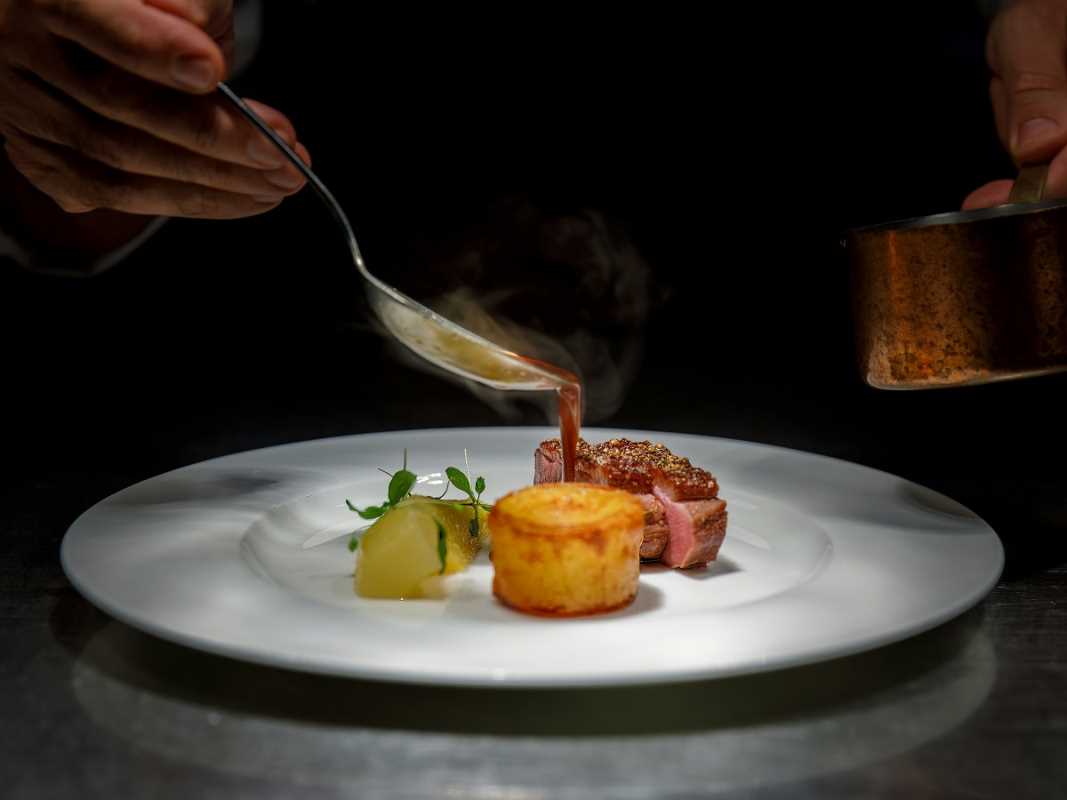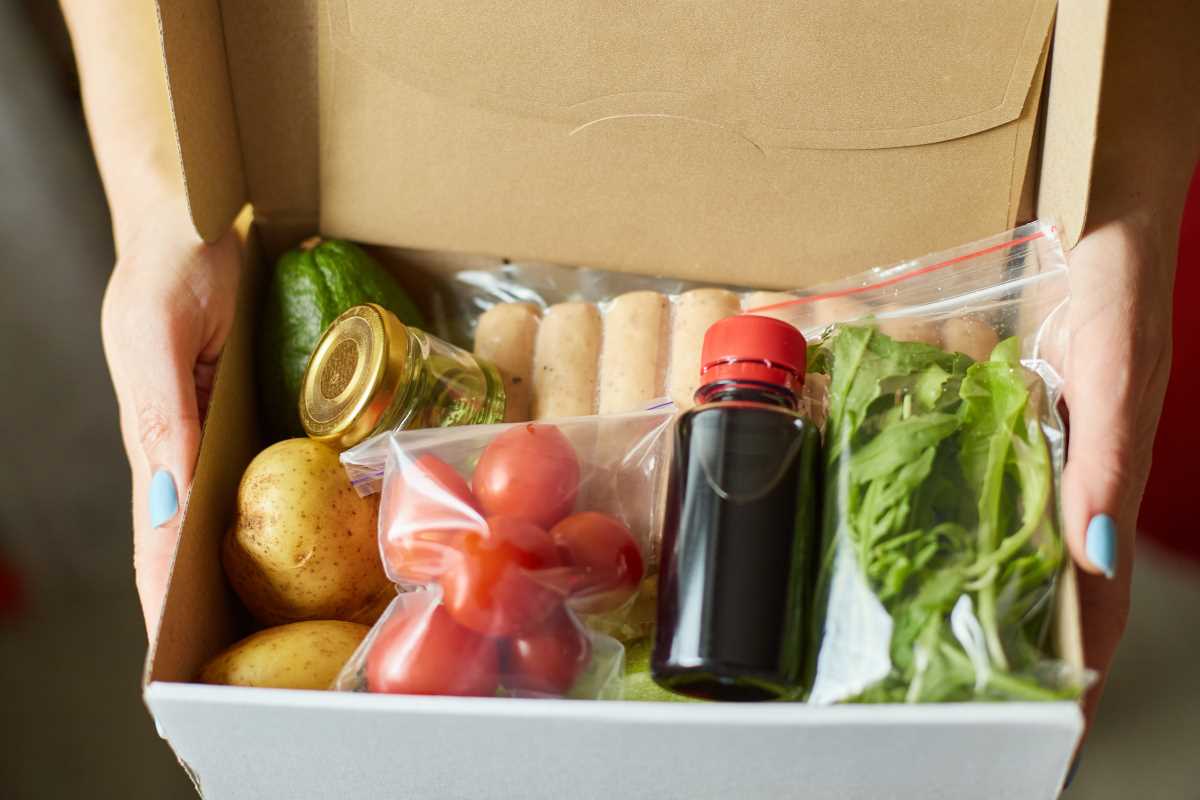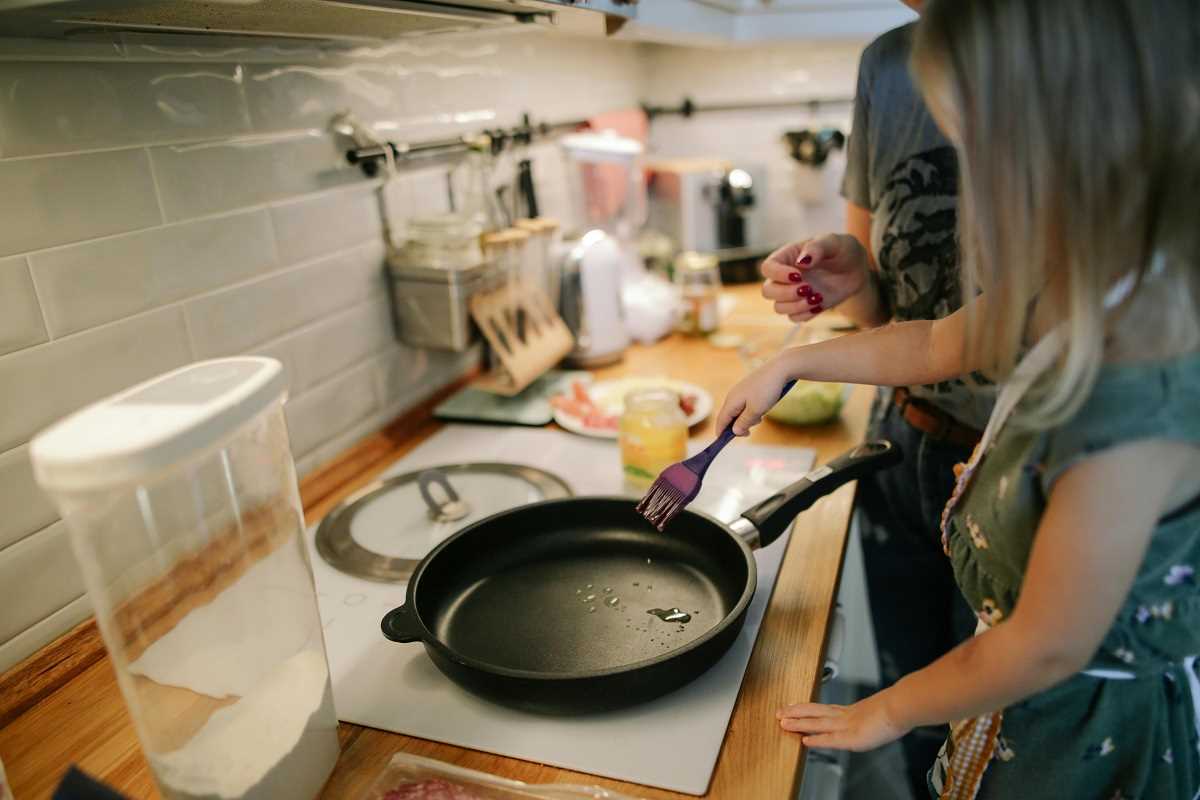Launching a home-based catering service lets you turn your passion for cooking into a rewarding business right from your own kitchen. You can experiment with recipes, develop unique menus, and share your delicious creations with friends, family, and your local community. Running your own catering business at home also gives you the flexibility to set your own hours and work around your personal schedule. This opportunity allows you to combine creativity with your culinary skills, all while building connections and bringing people together through food. Enjoy the satisfaction of seeing others appreciate your meals as you grow your business on your terms.
Launching this business requires a clear plan and a willingness to adapt. Break down the process into manageable steps and use practical tools; anyone can build a reliable service that leaves a lasting impression on clients.
Understanding Your Market and Niche
Identify your target market to develop a distinctive identity that stands out. Set aside time to research local trends, customer preferences, and what competitors offer so you can establish your own place in the industry.
Consider these points:
- Research local food preferences and popular cuisines.
- Network in community groups and online forums to learn what services people want.
- Study competitors to find gaps in their offerings that you can fill.
- Start small by focusing on a specific type of event or cuisine to build your reputation gradually.
This hands-on approach makes it easier to adjust your menu and marketing tactics as your business develops.
Essential Kitchen Equipment
Running a catering service from your kitchen means you need reliable equipment capable of handling various cooking tasks. Having the right tools boosts efficiency and ensures each dish maintains high quality.
Invest in essential kitchen tools to set a strong foundation. Here is a list of must-have items:
- A high-capacity oven and stove setup to manage multiple dishes at once.
- A food processor for efficient chopping, blending, and mixing.
- Quality knives and cutting boards for safe and precise prep work.
- Reliable mixers and blenders to help with sauces and batters.
- Proper storage containers to keep ingredients and prepared meals fresh.
With these tools at your disposal, daily preparation becomes more efficient and enjoyable.
Technology & Management Tools
Keep your operation running smoothly by using simple technology tools that save time and help manage details. Scheduling software and apps help you organize appointments and track events, while automated reminders reduce missed deadlines.
Use online tools for invoicing and recipe management to streamline different parts of your business. Budgeting spreadsheets, calendar apps, and inventory management systems can simplify daily tasks and help you monitor growth. Tools like *QuickBooks* for invoicing or *Paprika* for storing recipes can significantly improve your management of daily activities.
Financial Planning and Budgeting
Good financial planning forms the backbone of any successful home-based catering business. Start by setting a clear budget that includes ingredient costs, equipment investments, and unexpected expenses. A well-constructed financial plan builds confidence and supports sustainable daily operations.
Use this checklist to stay on top of your finances:
- Create an itemized budget covering both one-time and recurring costs.
- Track your expenses using simple accounting software or spreadsheet tools.
- Allocate extra funds during slower seasons to prepare for seasonal fluctuations.
- Keep receipts and maintain monthly records for transparency and future reference.
For those aiming to start a successful home-based catering service, a solid financial plan is essential.
Building Your Brand and Online Presence
Create a memorable brand identity to attract new clients. Focus on a clear message and visual elements that highlight your style. Consistent presentation across all platforms builds trust and recognition over time.
Boost your online presence by considering the following:
- Design a visually appealing logo and choose brand colors that reflect your style.
- Create a user-friendly website where potential clients can learn about your services.
- Use social media platforms to share behind-the-scenes moments and final dishes.
- Encourage satisfied clients to leave testimonials and share their experiences online.
These steps help you establish a strong foundation that connects you with those seeking personalized catering services.
Tips for Smooth Operations and Customer Service
Efficient operations ensure every event proceeds without issues. Careful planning and clear role assignments within the kitchen help maintain a steady workflow and avoid last-minute surprises. Open communication with clients minimizes misunderstandings and builds trust.
Prioritize customer service by making each client feel heard and valued. Practical methods include:
- Confirm details a day before an event to prevent any mix-ups.
- Set up a simple feedback system to gauge satisfaction and identify areas for improvement.
- Prepare for contingencies, such as having backup ingredients or extra staff on busy days.
- Meet deadlines by preparing parts of the menu in advance when possible.
Step forward with confidence; every meal you prepare helps transform your passion into a dependable source of joy and income.
 (Image via
(Image via





